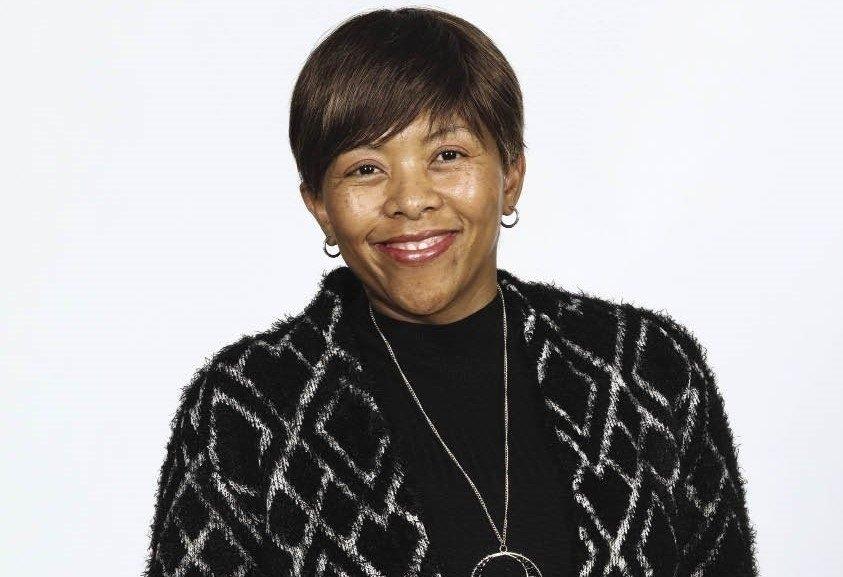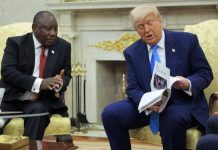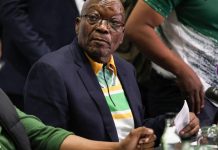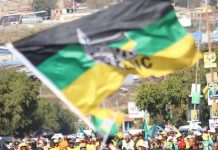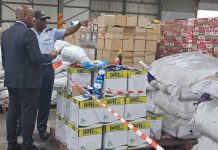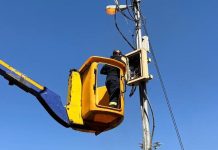Africa-Press – South-Africa. The South African central bank’s proactive efforts to contain price growth mean the country has a good chance of getting through the worst global inflation shock in a generation “without particularly high
inflation or high interest rates,” Deputy Governor Fundi Tshazibana said. Policy makers began a preemptive hiking cycle in November and has since lifted the benchmark rate by 200 basis points to 5.5%, unwinding
some of 2020’s pandemic-era stimulus. Its stance has repeatedly drawn criticism from some politicians and labour unions who’ve urged the central bank to do more
to support cash-strapped South Africans and the domestic economy. The Reserve Bank has a constitutional mandate to maintain price stability in the interest of balanced and sustainable economic growth and
it prefers to anchor inflation expectations close to the 4.5% midpoint of its target range. While the change in the headline consumer-price index breached
the target ceiling for a third-straight month in July, economists, including Annabel Bishop of Investec Bank, predict the 7.8% outcome is likely to be the
peak of the cycle. “I hope you have all taken time to appreciate the fact that South Africa’s inflation has been below the inflation rates of the United
States, the United Kingdom and even Germany, in recent months,” Tshazibana said in a copy of a speech posted on the central bank’s website on Thursday. “Perhaps
more relevant, we have not seen target misses of the scale experienced by many of our peers, and unlike those countries, we have not had to raise rates well
into restrictive territory.” In reading accounts of what central bankers got wrong and that contributed to the ongoing surge in inflation, “I realise that
despite the criticisms — we at the SARB are sometimes attacked for not being adventurous — it is clear that when central banks do become adventurous, the
consequences can be even more unpopular,” she said. In retrospect, South Africa’s central bank probably effected “about the right amount of stimulus in 2020, and we probably started
withdrawing stimulus at about the right time in late 2021,” Tshazibana said. While Russia’s war with Ukraine was an unexpected shock, South Africa’s inflation profile wasn’t “too problematic” before then, she said.
Despite last month’s most aggressive hike in almost two decades, South Africa’s real interest rate — the differential that makes local assets attractive to foreign investors — remains deeply negative. The question
of how quickly the Reserve Bank needs to get to positive real rates, and ultimately a more neutral monetary policy stance, depends on the persistence of
higher inflation, Tshazibana said. The implied policy rate path of the Reserve Bank’s quarterly projection model, which the monetary policy committee uses as a guide, indicates a key rate of 5.61% by year-end and 6.78% at the end of 2024.
For More News And Analysis About South-Africa Follow Africa-Press

